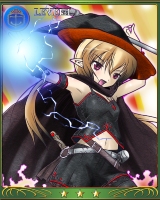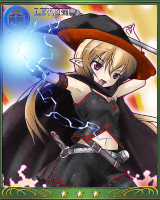Maybe Simon wants to speculate (or explain if he knows) what method they are using to encode these.
Though I haven't tested it, so I can't say for certain how good the results are compared to pvrtextool, it does look interesting.
http://www.webtech.co.jp/eng/imesta/smartdev/detail.html
Back in the day the Optpix imagestudio by the same people had very nice palette reduction (maybe not important here but they have a good history of getting the most out of an image)
Though I haven't tested it, so I can't say for certain how good the results are compared to pvrtextool, it does look interesting.
http://www.webtech.co.jp/eng/imesta/smartdev/detail.html
Back in the day the Optpix imagestudio by the same people had very nice palette reduction (maybe not important here but they have a good history of getting the most out of an image)



